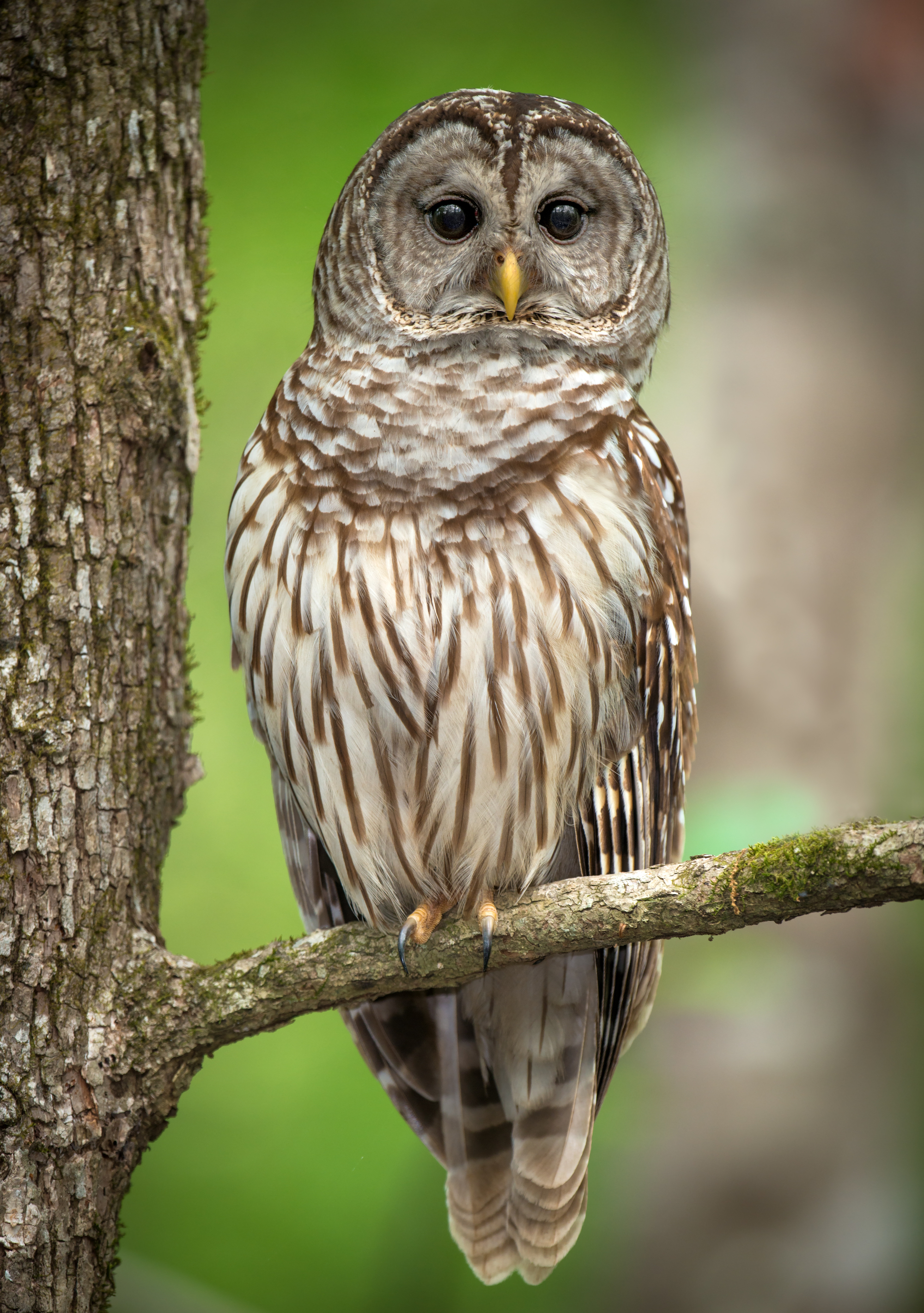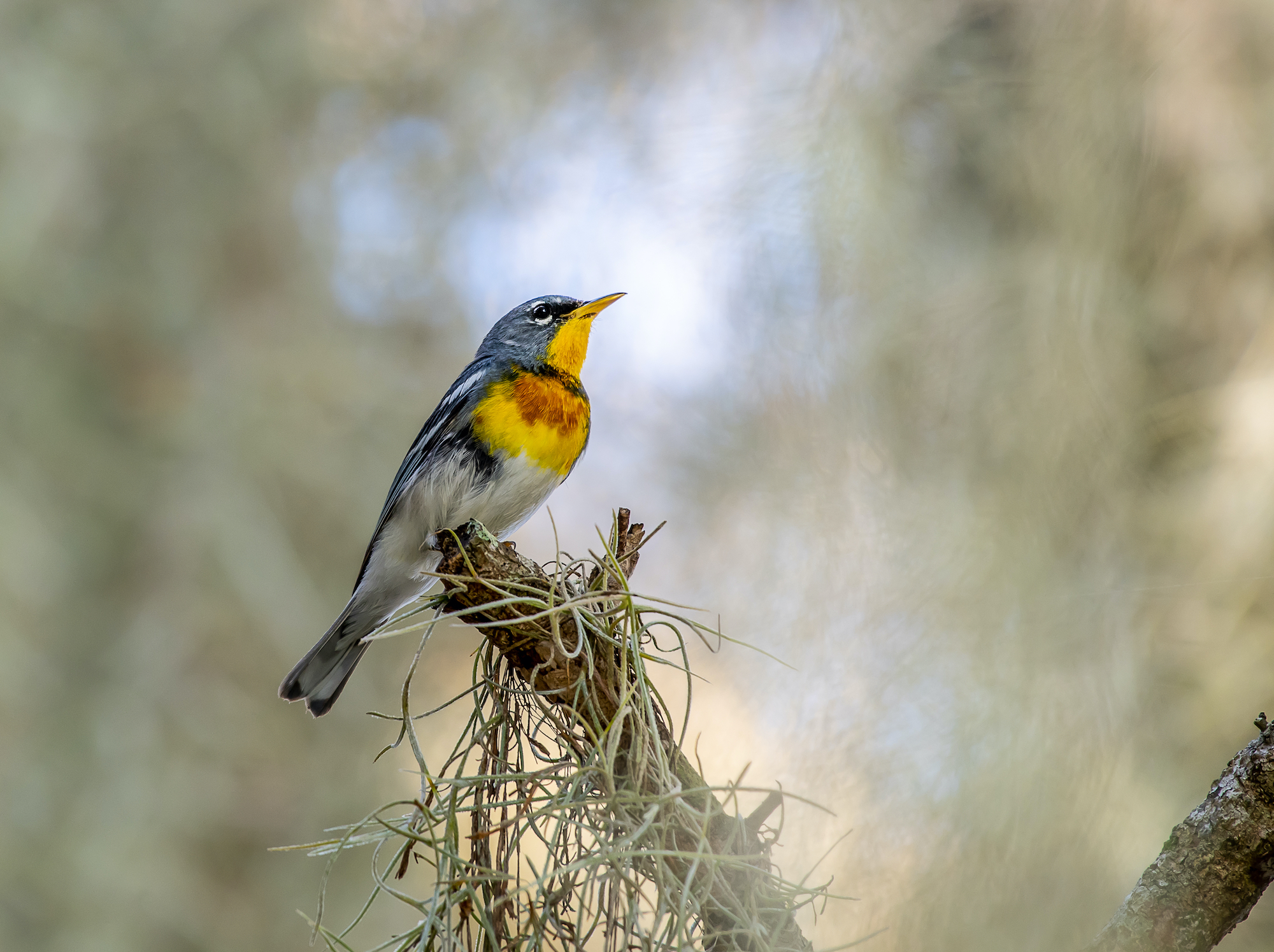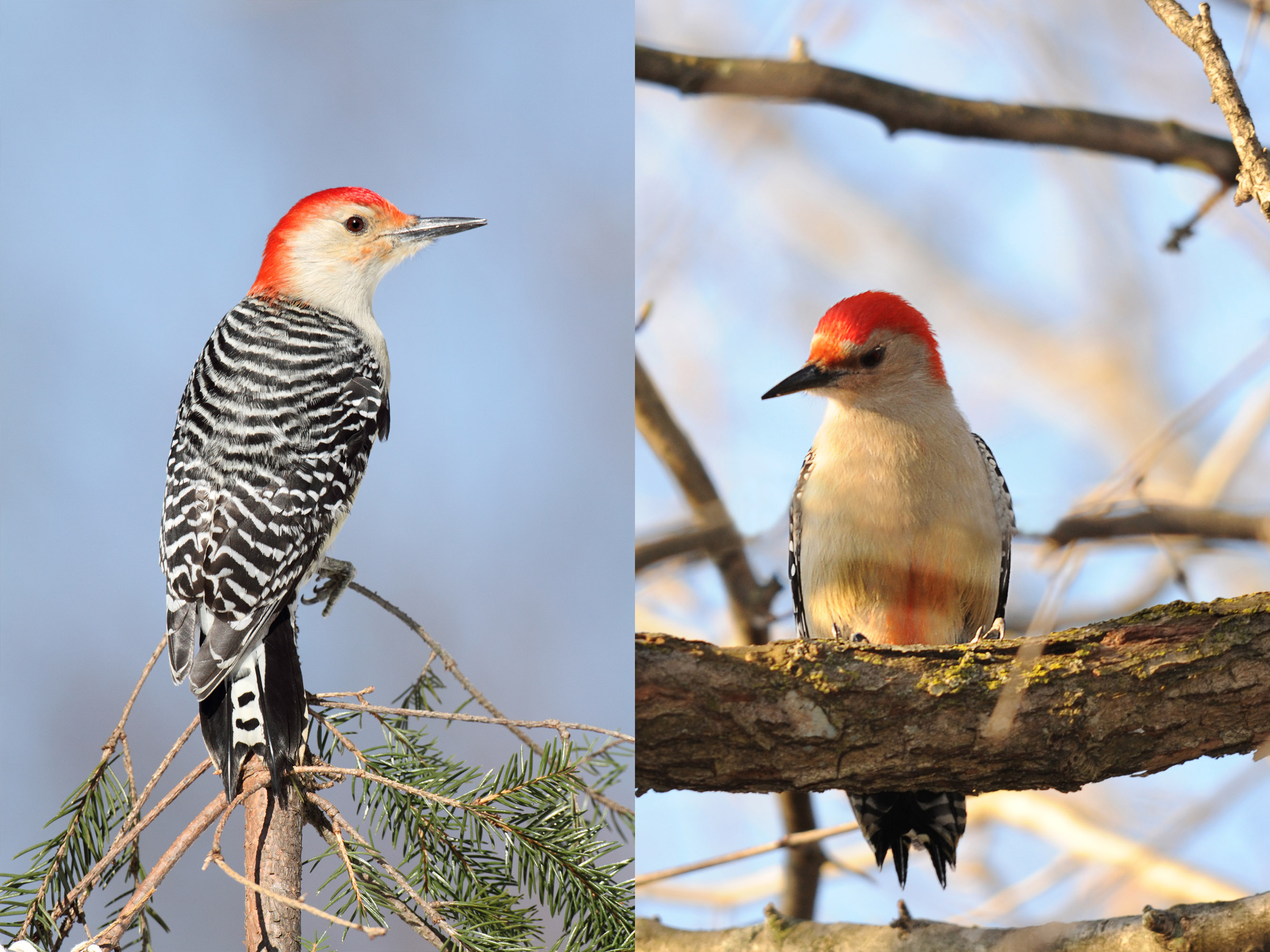So you’ve decided to join the vast birder movement but don’t know where to begin with the 470 birds that traverse through Louisiana? We don’t blame you! From physical identification to call identification, each bird can have many variations of the two. With that, it can be a daunting task, but we’re here to help!
As BREC’s Trail Specialist, I spot many of these birds every day. These are the top 5 parks I suggest you start your birding adventure as well as the park’s frequent flyers so you can have an idea of who to look out for
Remember, you can’t learn them all in a day so start with a few birds and, once you master those, you can move on. Let’s start with the superstars of some of our parks:
| 1 |
 Frenchtown Conservation Area: The Prothonotary Warbler
This brightly colored, yellow and grey songbird cannot be missed. Their song is composed of 4 to 14 “tweet-tweet-tweets.” Its name is derived from the 18th century Louisiana Creoles who thought the bird’s plumage resembled the golden robes of the church official who advised the pope - the prothonotaries. These songbirds are just as wise as their namesake. They travel all the way from their South American wintering grounds in Columbia to nest in our swamps in Frenchtown. They will be traveling back down to Columbia starting in August so spot them while you can! Once you master this yellow jewel keep your eyes peeled for Hooded Warblers which also frequent Frenchtown trails. |
| 2 |
 Highland Road Park Observatory: The Barred Owl
These owls have breathtaking brown and white barring and stand at almost 2 feet tall. In true Louisiana fashion, they can sometimes have a pink hue to them because of a diet high in crawfish. They do not migrate so you can find them in our park year-round! They exclaim the recognizable “Who cooks for you? Who cooks for all?” song. They camouflage into the stately oaks they so often perch in so you must keep a close eye out for them. After you master this friend, try to listen for one of our other common native owls, the Great Horned Owl |
| 3 |
 Hooper Road Park: The Carolina Chickadee
These dapper birds are grey and white with a black cap and throat. You can hear them overhead singing their own name: “chickadee-dee-dee.” The more threatened they are the more “dee’s” they will add to their song. During migration, they establish a ranking system of members of their flock. The higher ranked chickadees choose their cavity nest first while the lower ranked fly further to find their nest. When hiking the trails at Hooper, look up through the lower branches of the trees to see these tiny birds dart around. Ready to move past black & white and into color? During spring look for blue! The Indigo Bunting enjoys prancing around Hooper as well. |
| 4 |
 Manchac Park: The Northern Parula
While walking along Bayou Manchac, you will often hear a rising buzzy trill with a final high, sharp note. These warblers are here to nest in our prosperous Spanish moss. They build their nests hanging in bundles of moss up to 100 feet off the ground.They have a distinct yellow throat, chest, and back while the rest of their body is grey. They liketo move quickly from branch-to-branch, so have your binoculars ready. Once you perfect the Parula, try spotting the rockin’ mohawked, Tufted Titmouse. |
| 5 |
 Forest Community Park: The Red-bellied Woodpecker
These woodpeckers are the epitome of business in the front, party in the back. When they are facing you, they look as if they are all white with a little red cap but when they turn around, you see the exceptional black and white barring with a bright red head and neck. This bird has a surprisingly wide range of prey. They mostly eat insects but they will also eats acorns, pine cones, mangoes, grapes, lizards, nesting birds, and minnows. Different woodpecker species have different PPS (peck-per-second). The Red-bellied Woodpecker has a rapid drumming of 19 pecks per second! Next, try to spot the smallest member of this Red-Belly’s family: the Downy Woodpecker |





Kathryn W. is the Trail Specialist with BREC's Natural Resource Management Division. She has been with BREC in various positions for several years. Before becoming the Trail Specialist, you may have seen her working as a counselor at BREC’s Nature Explorers Summer Camp or preaching the good news about nature at Bluebonnet Swamp Nature Center. Kat has a degree in Natural Resource Management with a concentration in Conservation Biology from LSU. She has spent her previous summers partaking in avian research on birds such as the Prothonotary Warbler and the Red-cockaded Woodpecker. She hopes her work on BREC’s trails will bring Baton Rouge’s civilians closer to birds and bugs and everything in between!